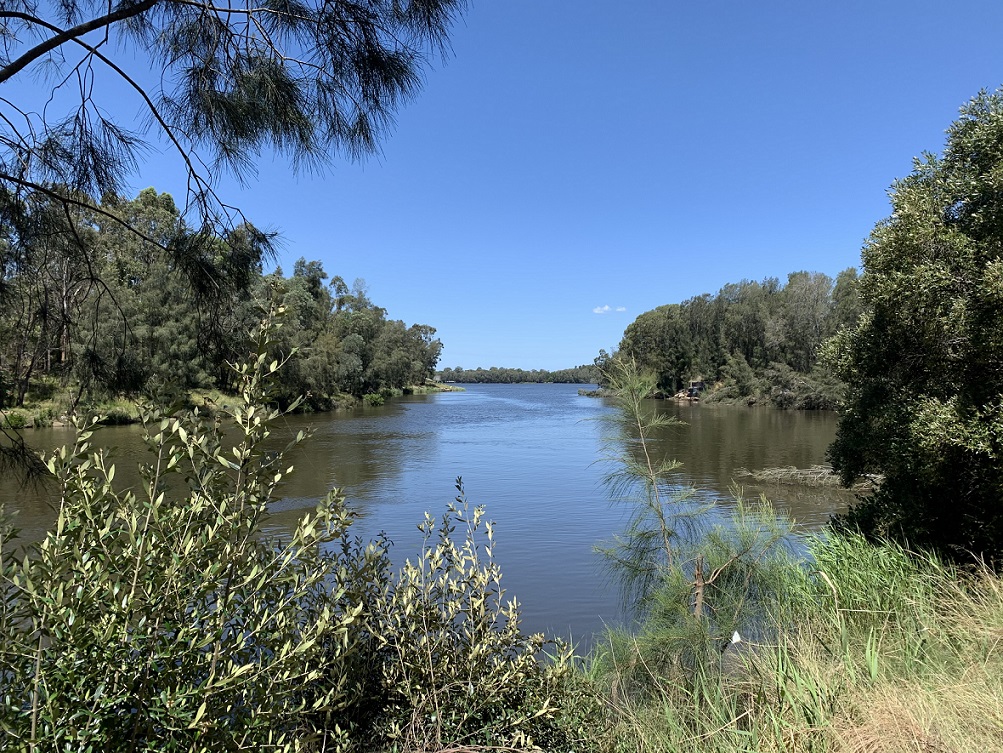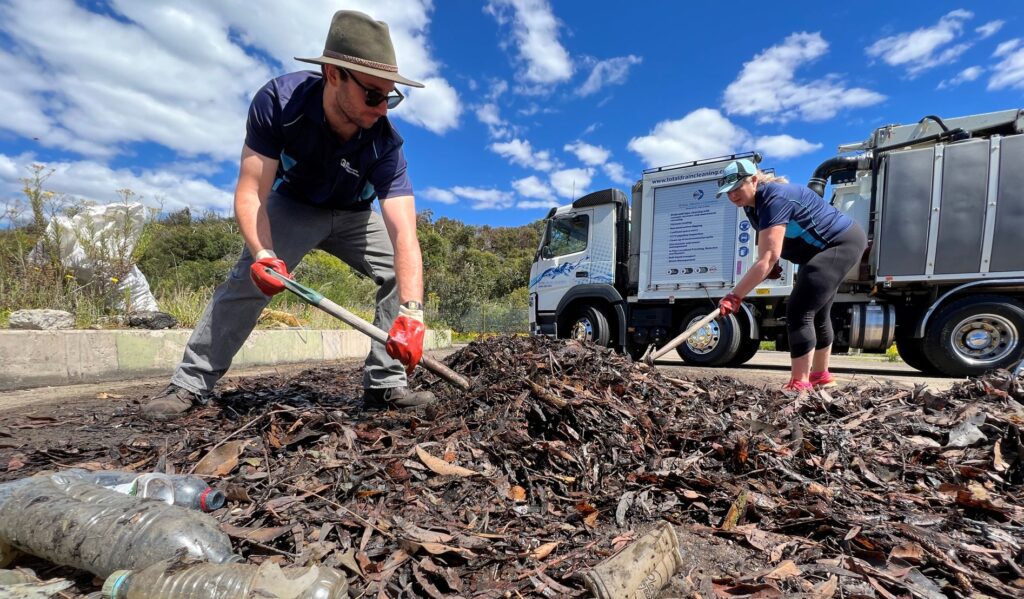
Last financial year, Georges Riverkeeper prevented more than 52 tons of rubbish from entering the river that runs from Appin to Botany Bay.
But the fight is far from over, which is why a new anti-litter project is in the works to prevent rain runoff from washing litter pollution into the Georges River.
Georges Riverkeeper’s $700,000 Improving the Health of the Georges River: Zero Litter in Georges River project is tackling the stormwater pollution problem with a four-phase approach and support from local councils located alongside the river.
The funding comes from the Environment Restoration Fund Program of the Australian Government.
As well as concrete steps to reduce pollution, the project will have an educational awareness element.
Georges Riverkeeper will be bringing this project to several schools across the river catchment to teach students about litter, Gross Pollutant Traps (GPT) and stormwater.
Students will conduct stormwater drain investigations, develop a campaign about the problem and create drain art to be installed in the community.
The practical side of the project includes looking at the performance of existing GPTs, the feasibility of installing new ones, and developing a best-practice process for councils to use when considering stormwater management.
Liverpool City Council is conducting a GPT audit of over 75 devices to gain more information about them so they can be operated and maintained more appropriately, and function more effectively.

Veteran councillor Peter Harle will be pleased to hear about the project having campaigning for years to deal with GPTs in his local government area.
In addition, following earlier GPT audits, Campbelltown and other councils are undertaking priority projects to upgrade crucial stormwater management infrastructure and improve the performance, or replace problem GPTs at critical sites.
At Kooringa Reserve, Raby, Campbelltown Council is installing a trash rack GPT to operate at low flow, which should be completed within days.
Campbelltown Council is also considering an additional project under this grant, but it’s still in the design and approval phase.
Stormwater pollution include oils, detergents and tyre residue that runs off roads, fertilisers, pesticides and lawn clippings that run off gardens, sediment or soil from construction sites, pet waste, chemicals, paints and oils that are carelessly disposed and end up in outdoor drains, as well as gross pollutants from litter.
Georges Riverkeeper program manager Beth Salt says that an estimated 95 percent of the pollution in the Georges River is a result of stormwater runoff.




Thanks Eric for your kind comments about my efforts to improve water quality. Sadly Gross Pollution Traps and their maintenance is often a low priority on most Councils overall maintenance budget. It’s only in times of floods that it attracts attention and it’s usually too little and too late, until the next flood occurs.